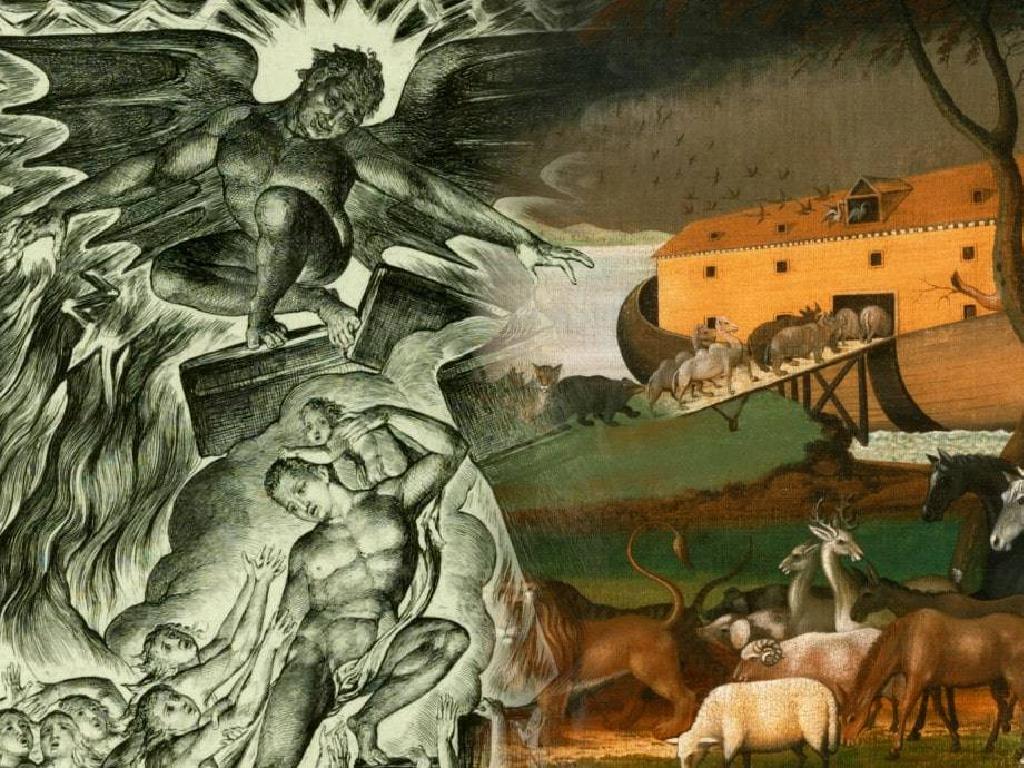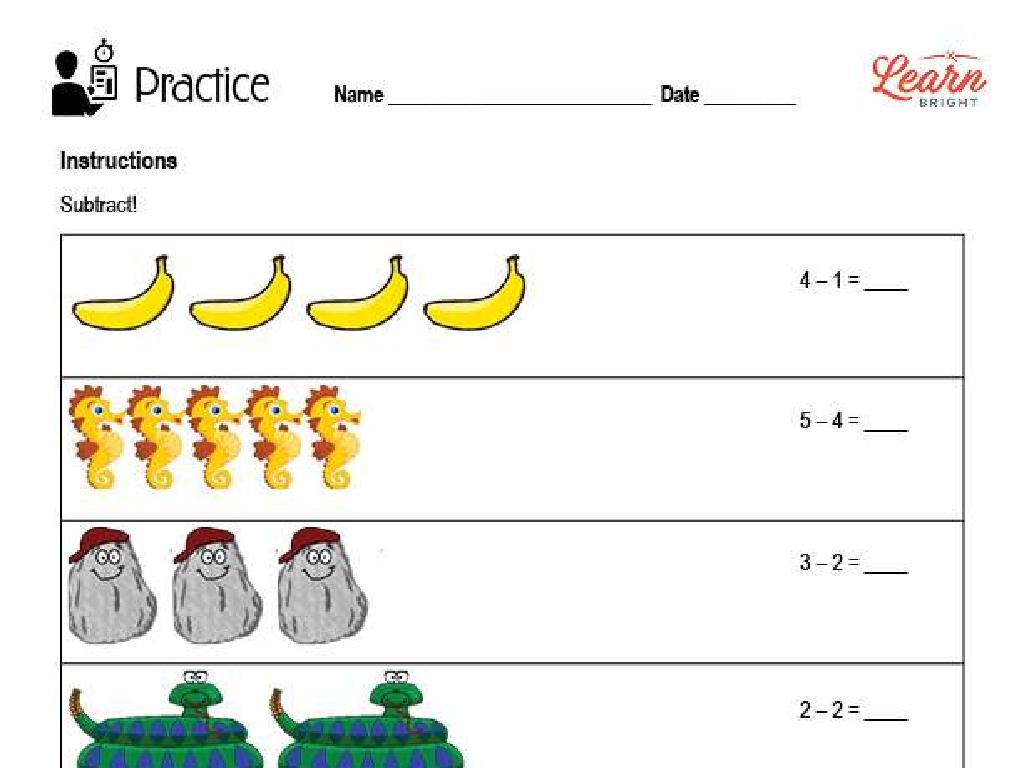The Han Dynasty
Subject: Social studies
Grade: Sixth grade
Topic: Early China
Please LOG IN to download the presentation. Access is available to registered users only.
View More Content
Exploring the Han Dynasty of Early China
– Early China’s dynastic history
– Timeline: Placement of the Han Dynasty
– The Han Dynasty followed the Qin Dynasty, lasting from 206 BCE to 220 CE.
– Han Dynasty’s historical significance
– Known for its long stability and cultural achievements.
– Contributions to Chinese culture
– Introduced advancements like paper, the Silk Road, and civil service exams.
|
This slide introduces students to the Han Dynasty within the context of Early China’s history. Begin with a brief overview of the concept of dynasties in Chinese history. Then, place the Han Dynasty on a timeline to give students a sense of when it occurred relative to other periods. Discuss why the Han Dynasty is considered a significant era, highlighting its political stability, cultural and technological advancements, and lasting impact on Chinese civilization. Emphasize the Dynasty’s contributions, such as the invention of paper, the establishment of the Silk Road trade route, and the implementation of civil service examinations, which shaped not only Chinese history but also had global implications.
The Rise of the Han Dynasty
– Founded by Liu Bang in 202 BC
– Liu Bang, once a commoner, became the first emperor of the Han Dynasty.
– Fall of Qin led to Han’s rise
– The oppressive Qin regime’s end sparked the establishment of the Han.
– Han Dynasty unified China
– The Han Dynasty centralized government and expanded territory.
– Lasting impact on Chinese culture
– Innovations and Confucianism flourished, influencing China even today.
|
This slide introduces the Han Dynasty, emphasizing its founding by Liu Bang, a significant figure who rose from commoner to emperor. Highlight the transition from the fall of the Qin Dynasty to the rise of the Han, focusing on how the Han Dynasty’s policies and governance led to a more unified China. Discuss the dynasty’s lasting cultural impact, including the promotion of Confucianism and advancements in technology, which are still evident in Chinese culture today. Encourage students to think about how leadership changes can lead to significant shifts in a society’s structure and culture.
Achievements of the Han Dynasty
– Innovations: Paper and more
– Invented paper, seismograph, compass
– Flourishing arts and philosophy
– Growth in literature, poetry, philosophy
– Expansion of trade routes
– Trade routes extended across continents
– The Silk Road’s importance
– Connected China to the West, trading silk and spices
|
The Han Dynasty was a period of great innovation and cultural advancement. Students should learn about the significant inventions such as paper, which revolutionized record-keeping, the seismograph for detecting earthquakes, and the compass for navigation. Cultural achievements included the blossoming of literature, poetry, and philosophy, with Confucianism becoming a state philosophy. The expansion of trade routes during this time, especially the Silk Road, played a crucial role in economic and cultural exchanges between East and West. This led to the spread of goods, ideas, and technologies, with silk becoming a highly prized commodity in the West. Encourage students to think about how these achievements have influenced modern society.
Daily Life in the Han Dynasty
– Social hierarchy of the Han
– Emperors at top, followed by nobles, peasants, merchants
– Agriculture’s role in economy
– Farming was key for food & trade, basis of wealth
– Family importance in society
– Family was central, respect for elders emphasized
– Education’s role in Han era
– Education valued for government jobs, civil service exams
|
This slide aims to give students a glimpse into the daily life and social structure of the Han Dynasty. Emphasize the rigid social hierarchy, with the emperor at the apex, followed by nobles, peasants, and merchants. Discuss how agriculture was not just the main economic activity but also a foundation of societal organization. Highlight the significance of family in Han society, where filial piety was a crucial virtue. Lastly, touch upon the education system, which was advanced for its time, with civil service examinations determining positions in government. Encourage students to compare and contrast these aspects with modern society.
The Fall of the Han Dynasty
– Internal struggles within the court
– Power conflicts weakened the government
– Eunuchs’ influence on politics
– Eunuchs gained power, leading to corruption
– Nomadic tribes’ external pressures
– Attacks from tribes like the Xiongnu challenged Han authority
– Emergence of the Three Kingdoms
– After the fall, China split into Wei, Shu, and Wu kingdoms
|
This slide discusses the decline of the Han Dynasty, which was due to a combination of internal and external factors. Internally, the Han court was plagued by power struggles and corruption, particularly involving the eunuchs, who were officials that wielded significant influence over imperial affairs. Externally, the dynasty faced relentless pressure from nomadic tribes, such as the Xiongnu, who posed a constant threat to the empire’s stability. The culmination of these issues led to the dynasty’s collapse and the subsequent period of division known as the Three Kingdoms. This period was characterized by fragmentation and civil war, with three main states vying for control. Encourage students to think about how internal and external factors can contribute to the rise and fall of civilizations.
The Han Dynasty’s Enduring Legacy
– Lasting effects on China and East Asia
– Han rule set political and cultural norms that still influence East Asia.
– Han Dynasty’s influence on modern culture
– Modern Chinese language, bureaucracy, and holidays have roots in the Han era.
– Han traditions in today’s society
– Practices like the Dragon Boat Festival continue from Han times.
|
The Han Dynasty has left an indelible mark on China and East Asia, shaping the region’s political systems, cultural norms, and societal structures. This slide explores the dynasty’s long-term impact, including the development of a centralized bureaucracy and the standardization of the Chinese written language, which facilitated communication and cultural unity. Modern Chinese culture, including various traditions, festivals, and legal practices, can trace their origins back to the Han period. Highlight the continuity of these traditions in contemporary society, such as the celebration of the Dragon Boat Festival, and discuss how the Han Dynasty’s innovations in areas like technology, literature, and philosophy continue to influence China today. Encourage students to think about how ancient civilizations can have a lasting legacy that extends far into the future.
Class Activity: Han Dynasty Timeline
– Form groups and use notes
– Highlight major Han events
– Battles, constructions, reforms
– Include key achievements
– Inventions, discoveries, advancements
– Identify important figures
– Emperors, generals, scholars
|
This activity is designed to encourage collaboration and deepen students’ understanding of the Han Dynasty’s historical context. Divide the class into small groups and provide them with materials to create a visual timeline. Each group should include significant events such as wars, peace treaties, and political reforms, as well as achievements like technological inventions and cultural advancements. They should also note influential figures, including emperors and other leaders. Encourage creativity in the presentation of their timelines. Possible activities include drawing, using digital tools, or even acting out events. After completion, each group will present their timeline to the class, explaining the importance of the events and figures they’ve chosen to include.






